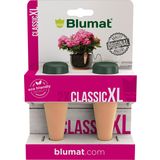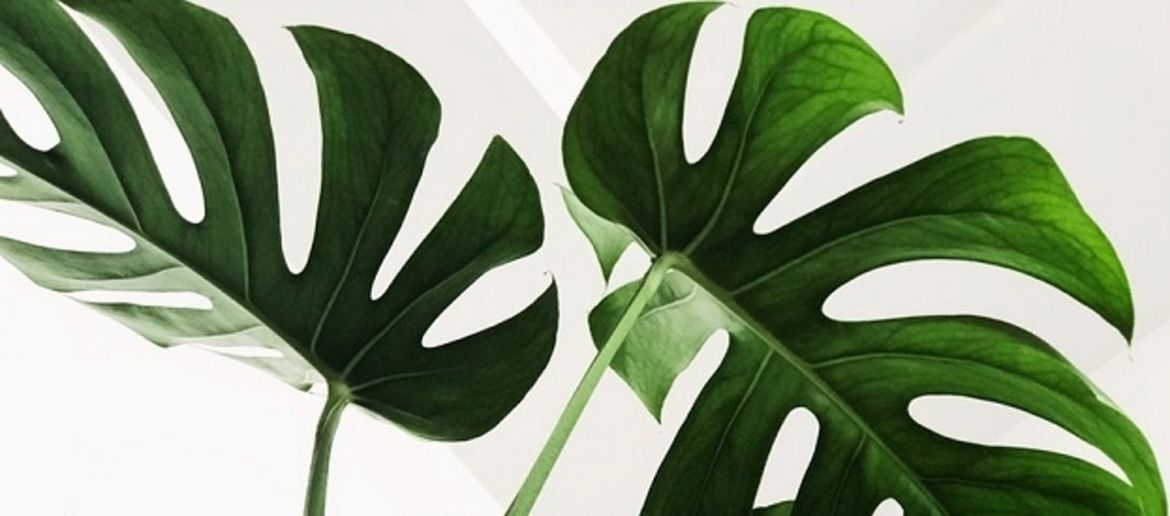Fight Bad Air with Houseplants
Modern people spend more than 80% of our time indoors; in our bedrooms at night or in our offices during the day. Long term, this can be problematic because the air indoors is two to five times more polluted than the air outdoors. This concentration of harmful substances in the air can trigger and spread illness. Choose the right houseplants to reduce this risk!
Pollutants in the Air
Many commonly found household objects release harmful substances. This list includes:
- Carpeting
- Carpet glue
- Textiles
- Construction materials
- Dyes
- Insulation materials
- Cleaning supplies
- Insect sprays
- Poorly maintained air conditioning or ventilation systems
- Electronic devices
- Plastics
Additionally, exhaust gases from outside and cigarette smoke also cloud our air. This means that substances like formaldehyde, benzenes, trichloroethylene, acetone, carbon dioxide, particulate matter, mold spores and allergens pollute indoor air.
Bad air consequences
Exposing yourself to bad air over time can have a negative effect on your health. Symptoms include discomfort, fatigue, lack of concentration and listlessness. Bad air can also cause allergies or asthma, headaches, coughing and rashes, irritation of the eyes, throat or nose or even liver and kidney strain.
Houseplants to the rescue!
As NASA found out ( here 's the article), houseplants counteract bad indoor air. They neutralize harmful gases by absorbing them through their leaves and using enzymes to break them down or transport them to the roots, where the pollutants are used to nourish microbes.
To detoxify air indoors, find the right plants and the right plant care.
Find the right number of plants to help
To ensure optimal air purification with indoor plants, the plants need to be healthy. They need a comfortable air temperature and need to be watered correctly.
You also need enough plants to make a difference. A single plant is not enough to clean the air of a 60 square metre apartment. As a guideline, one medium-sized plant per 12 square metres should be the minimum amount of plants you need. Of course, the more plants, the better.
Our best recommendations:
Now let's look at which plants are particularly suitable to clean the air:
- Real aloe: a wonderful formaldehyde filter
- Weeping Fig: This plant absorbs formaldehyde, benzene and trichloroethylene.
- Sansevieria: effective in fighting benzols, and trichloroethylene.
- Dragon trees: purify the air of formaldehyde, benzenes and trichlorethylene.
- Ivy: very effective against benzenes and trichlorethylene
- Epipremnum aureum: fights formaldehyde, carbon dioxide and nicotine
- Green lily: filters formaldehyde and breaks down carbon dioxide
- Rubber tree: purifies the air of formaldehyde
- Orchids: mainly filter acetone from the air
- Philodendron: perfect for warmer rooms; filters formaldehyde
- Schefflera: filters nicotine from the air
Once you've decided which plants you're interested in, you can find pots , fertilizer and accessories for them at Bloomling.
Related products
-
 4.4 (22)
4.4 (22)Blumat Blumat for Houseplants XL Set, 2 items
-11%- Ideal for holiday watering
- Simple & practical use
- Ensures greater water inflow
€ 8,55 € 9,59 (€ 4,28 / item)Delivery by April 19
Magazine Articles:
-
Austria: Free standard delivery from € 39,90
-
Free
returns -
24-hour shipping
More than 10.500 products

